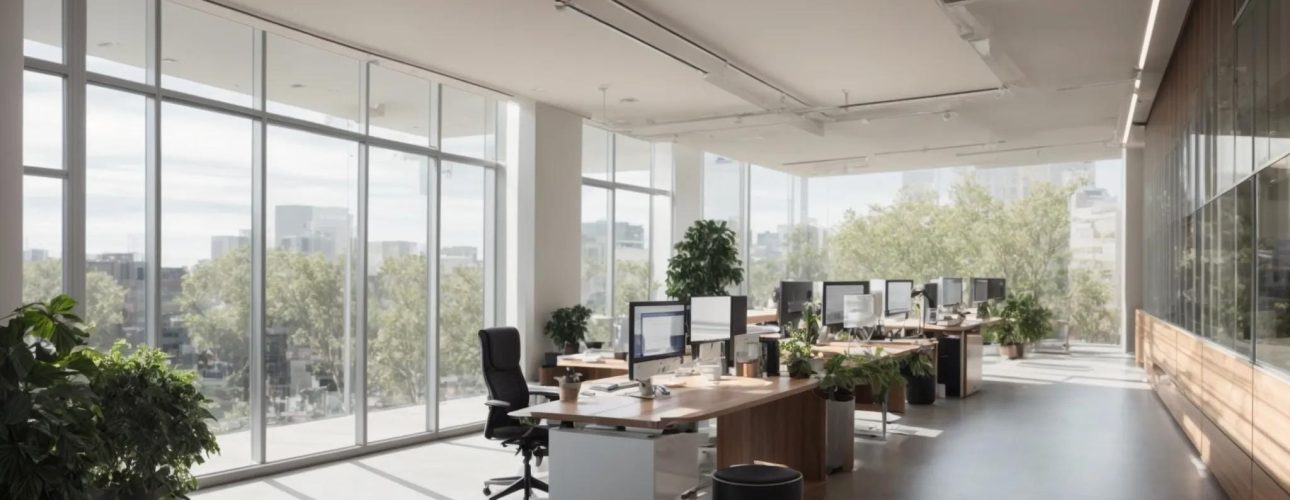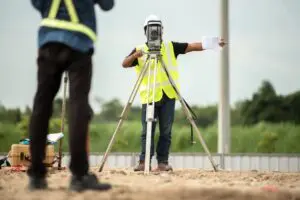Understanding Commercial Structural Analysis in Remodeling Work
Grasping the Fundamentals of Commercial Structural Analysis
Commercial structural analysis is the backbone of successful remodeling projects. By evaluating the stability and strength of existing buildings, structural engineers ensure safety, compliance, and functionality during renovations. In Northern Utah—including cities like Salt Lake City, Provo, and Lehi—this process is critical given the area’s infrastructure and commercial development growth.
What Is Structural Analysis and Why Is It Important in Commercial Remodeling?
Structural analysis examines how forces, such as weight, wind, and gravity, affect a building’s components. This analysis is vital for remodeling projects to maintain safety and regulatory compliance. Modern tools like STAAD and Autodesk Revit enhance accuracy by simulating stresses and deformations.
Key Components of Structural Analysis in Commercial Buildings
Key components include beams, columns, and reinforced concrete structures. Engineers analyze these elements using software like Tekla and finite element methods to predict behavior under different conditions.
Differences Between Residential and Commercial Structural Projects
Unlike residential projects, commercial remodeling involves larger structures, stricter building codes, and complex systems like HVAC and elevators. For instance, skyscrapers in downtown Salt Lake City require advanced structural steel and seismic retrofitting.
Understanding Building Codes and Regulations in Commercial Remodeling
Local building codes in Utah’s cities, such as Draper and Orem, dictate structural integrity, safety, and sustainability standards. These codes require detailed structural drawings, foundation designs, and compliance documentation.
Role of Structural Engineers in Commercial Remodeling Projects
Structural engineers bring expertise in design, analysis, and problem-solving. Their role includes creating structural design software models, ensuring materials meet specifications, and collaborating with architects and civil engineers.
Stages of the Structural Analysis Process in Commercial Remodeling
Common Challenges in Structural Analysis for Commercial Projects
- Obstacles in Assessing Existing Structures in Northern Utah: Aging buildings in Sandy and American Fork often pose challenges, such as hidden damage or outdated materials.
- Material Limitations During Commercial Renovations: Materials like masonry and steel may require innovative reinforcement techniques to meet modern safety standards.
- Compliance Challenges With Local Building Codes: Renovations must align with evolving building codes in cities like West Jordan and Spanish Fork.
- Structural Modifications in Historical Buildings: Historical renovations in places like Springville demand careful attention to preserving architectural integrity while meeting safety standards.
- Managing Unexpected Complications During Remodeling Phases: Projects may face unforeseen issues, such as soil instability or foundation cracks.
- Budgeting for Structural Changes in Commercial Projects: Budget constraints often impact the choice of materials and methods for structural reinforcement.
Effective Structural Solutions for Commercial Remodeling Challenges
- Methods for Reinforcing Existing Commercial Structures: Adding shear walls or rebar reinforcement improves strength and stability.
- Innovative Materials for Structural Support: Carbon fiber and advanced composites enhance durability.
- Sustainable Practices in Structural Remodeling for Northern Utah: Sustainable practices like adaptive reuse are increasingly popular in Northern Utah.
- Factors to Consider When Selecting Structural Modifications include load requirements, geometry, and environmental impact.
- Steps to Secure Permits for Commercial Remodeling Projects: Compliance with regulatory requirements in cities like Murray and Pleasant Grove involves detailed documentation and approvals.
Case Studies of Successful Commercial Structural Renovations in Utah
Successful projects in Northern Utah demonstrate the importance of collaboration between architects, engineers, and contractors. For instance, the seismic retrofit of a warehouse in Ogden highlights the value of using advanced structural engineering software.
The Role of Collaboration in Commercial Structural Analysis Projects
How Architects and Engineers Collaborate in Commercial Remodeling
Architects design the vision, while engineers ensure the structure’s integrity. Tools like Building Information Modeling (BIM) streamline this collaboration.
Fostering Communication Among Team Members in Structural Projects
Clear communication is essential to avoid delays and manage expectations in multi-disciplinary projects.
Importance of Stakeholder Input in Commercial Structural Projects
Involving clients and community stakeholders ensures projects align with local needs and expectations.
Advantages of Multi-Disciplinary Assessments in Remodeling Work
Projects in cities like Riverton achieve optimal outcomes by integrating expertise from civil engineering, structural analysis, and interior design.
Establishing Project Timelines for Commercial Remodeling Milestones
Establishing clear timelines and using project management tools enhances productivity and meets deadlines.
Tools for Collaborative Project Management in Commercial Structural Analysis
Software like Autodesk Revit and Tekla facilitate real-time updates and coordination.
Evaluating Success in Commercial Structural Remodeling Projects
Setting Measurable Goals for Structural Analysis in Remodeling
Success metrics include structural integrity, safety, and adherence to the project budget.
Key Performance Indicators for Evaluating Commercial Remodeling Success
KPIs include reduction in construction delays, compliance with building codes, and cost-efficiency.
Post-Remodeling Assessments and Inspections for Structural Integrity
Post-project inspections ensure compliance and identify areas for improvement.
Stakeholder Feedback as a Tool for Continuous Improvement
Feedback from clients and contractors provides valuable insights for future projects.
Documenting Lessons Learned From Commercial Structural Projects
Recording challenges and solutions enhances knowledge-sharing and future project efficiency.
Final Review of Structural Integrity in Commercial Remodeling
Final reviews verify the structure’s safety and functionality.
Future Trends in Commercial Structural Analysis and Remodeling
Advancements in Structural Engineering Technology for Commercial Projects
Technologies like automation and 3D modeling enhance analysis precision and efficiency.
Smart Building Developments and Their Impact on Structural Engineering
Smart buildings in areas like South Jordan incorporate innovative energy efficiency and safety systems.
Climate Change and Its Influence on Structural Planning in Utah
Rising temperatures and wind patterns necessitate adaptive designs.
Trends in Sustainable Commercial Remodeling for Northern Utah
Sustainability is key, with practices like recycling concrete and using renewable materials gaining traction.
Staying Updated on Building Regulations in Utah’s Commercial Sector
Regular updates to codes in Northern Utah ensure ongoing compliance.
Preparing for Future Skill Requirements in Structural Engineering
Future engineers must have software engineering, BIM, and sustainability expertise to remain competitive.
Conclusion
Commercial structural analysis is integral to successful remodeling projects across Northern Utah. Structural engineers ensure safety, compliance, and innovation by leveraging advanced tools, collaborative approaches, and sustainable practices. As cities like Salt Lake City and Provo continue to grow, the role of structural engineering in shaping the region’s infrastructure remains indispensable.





